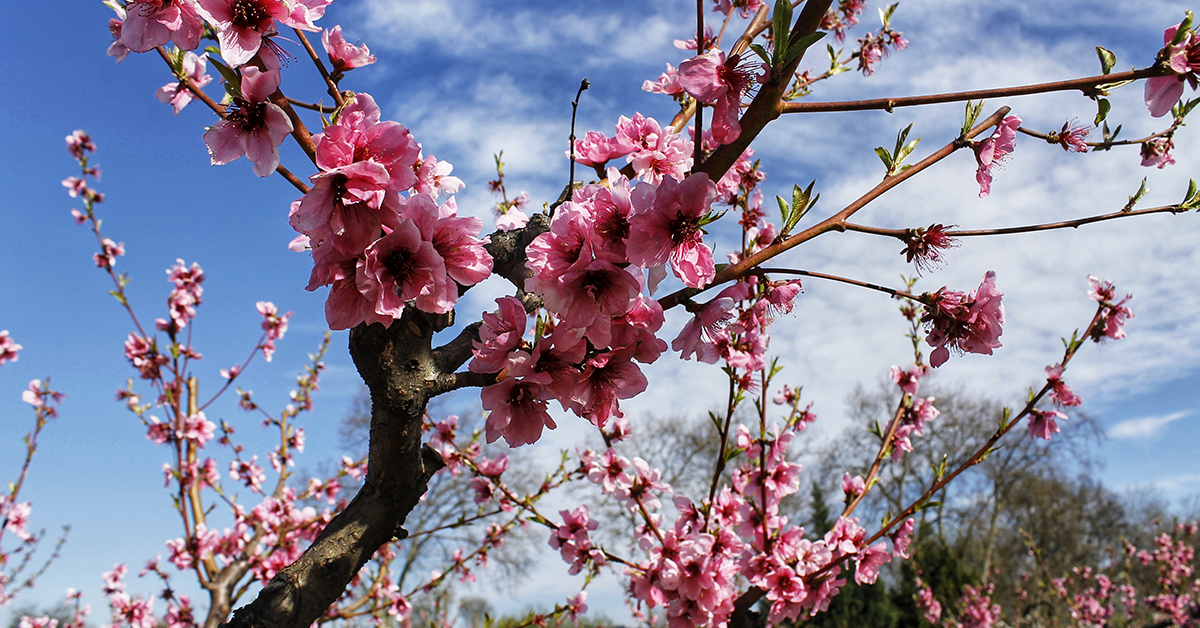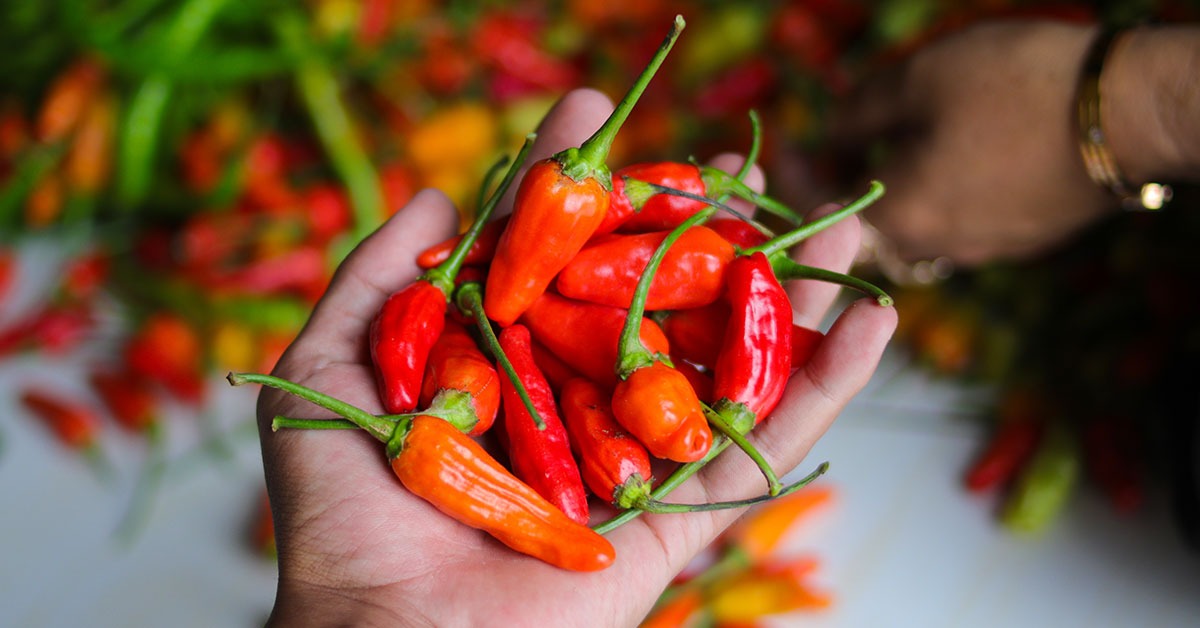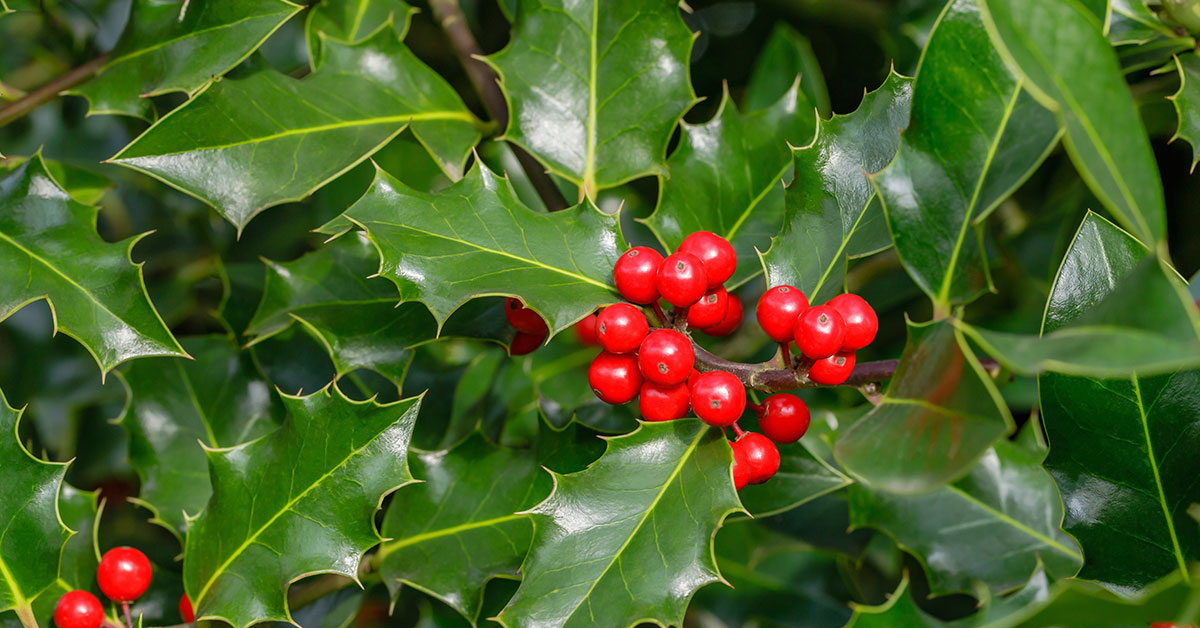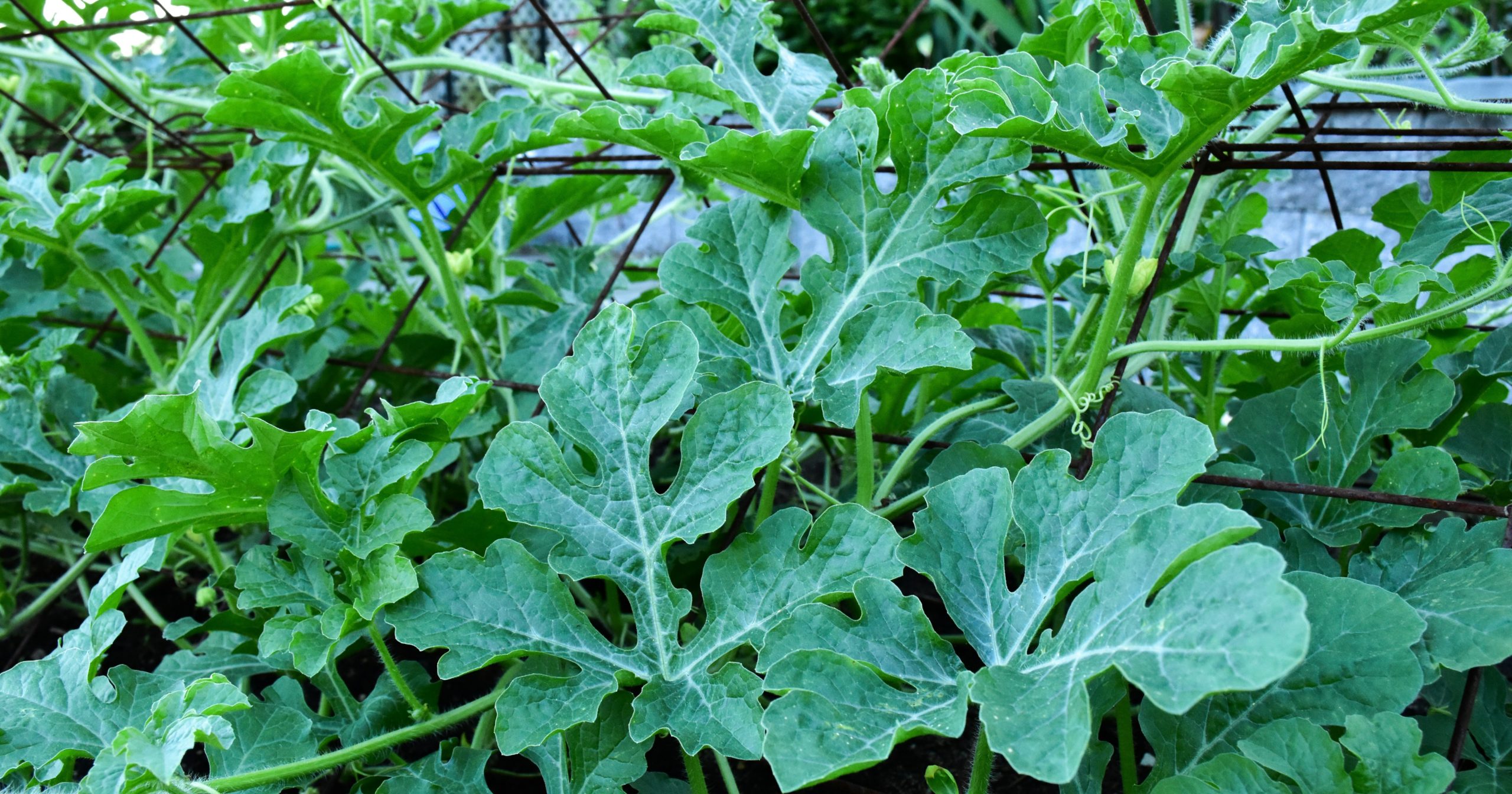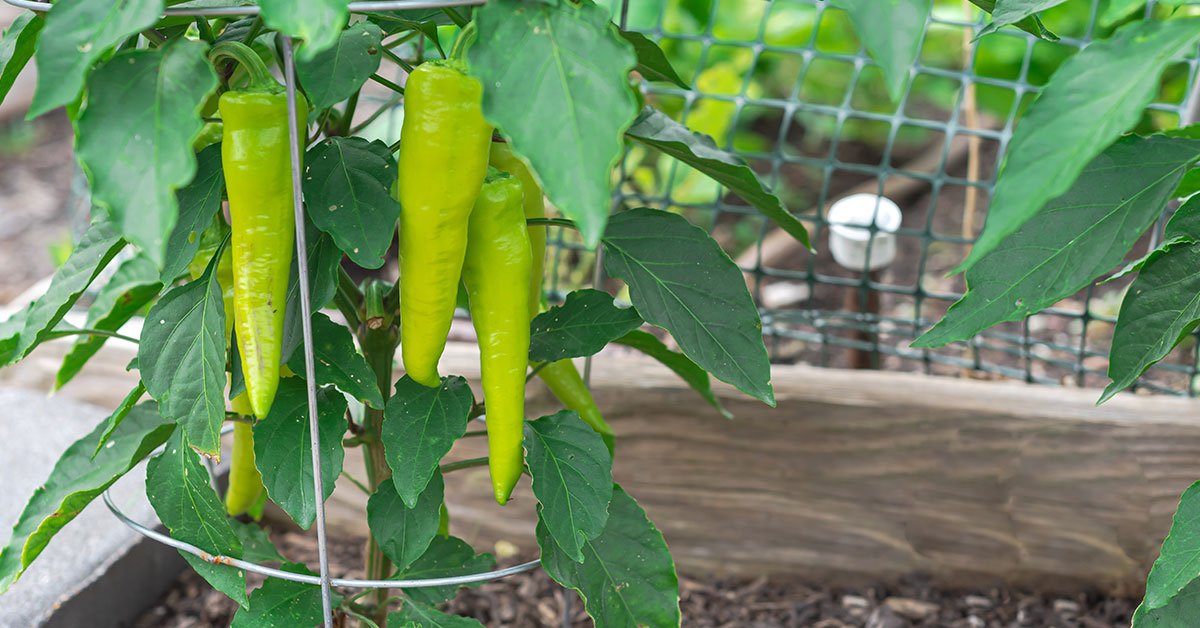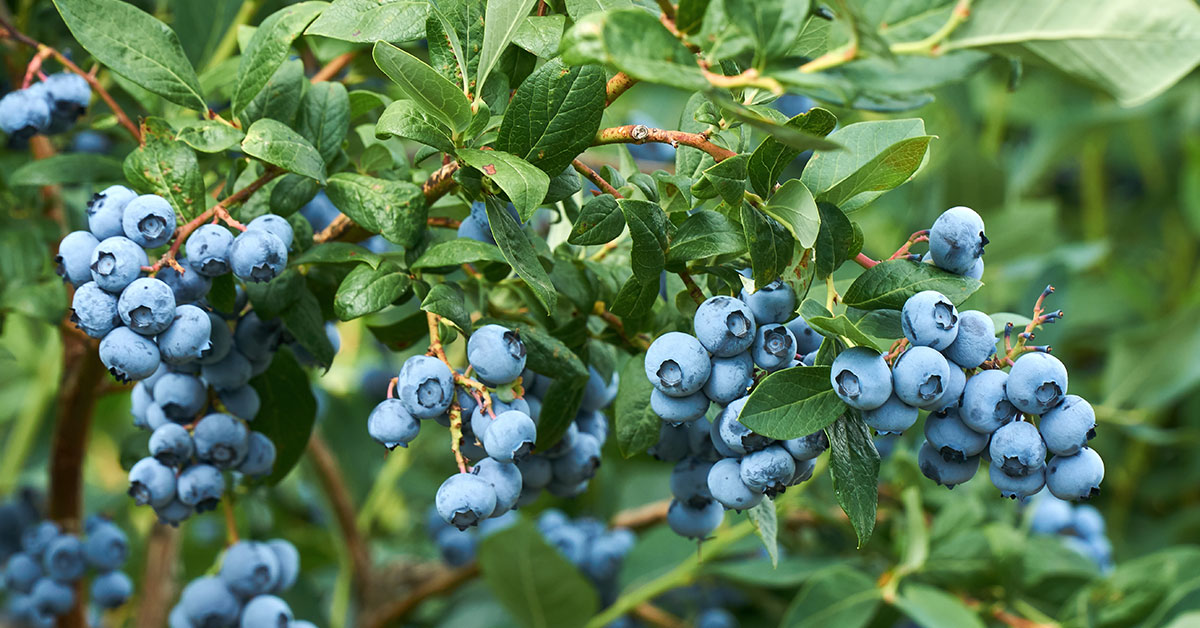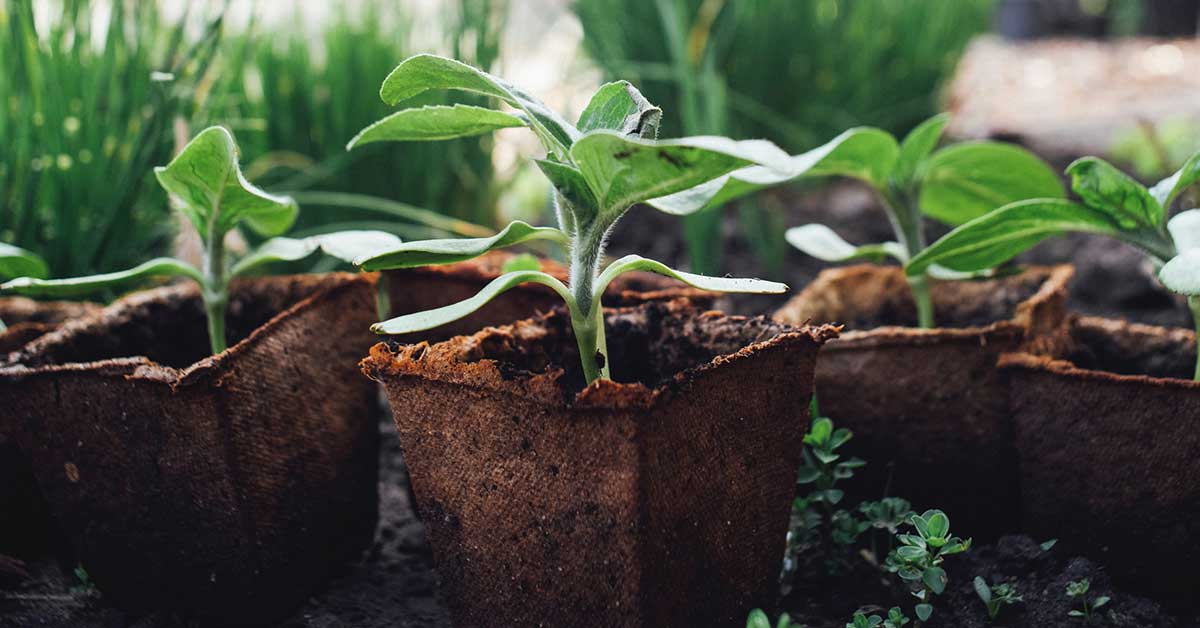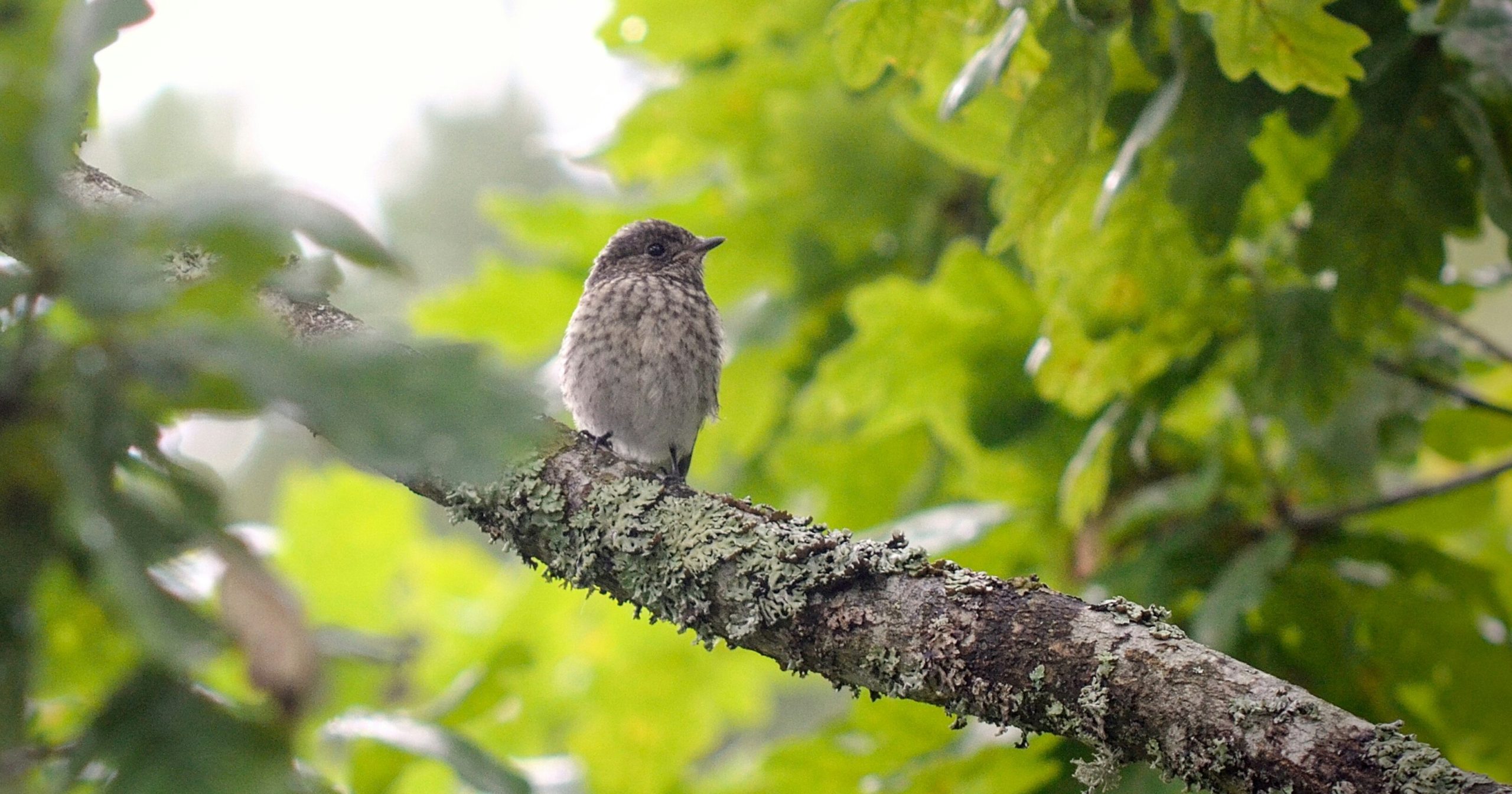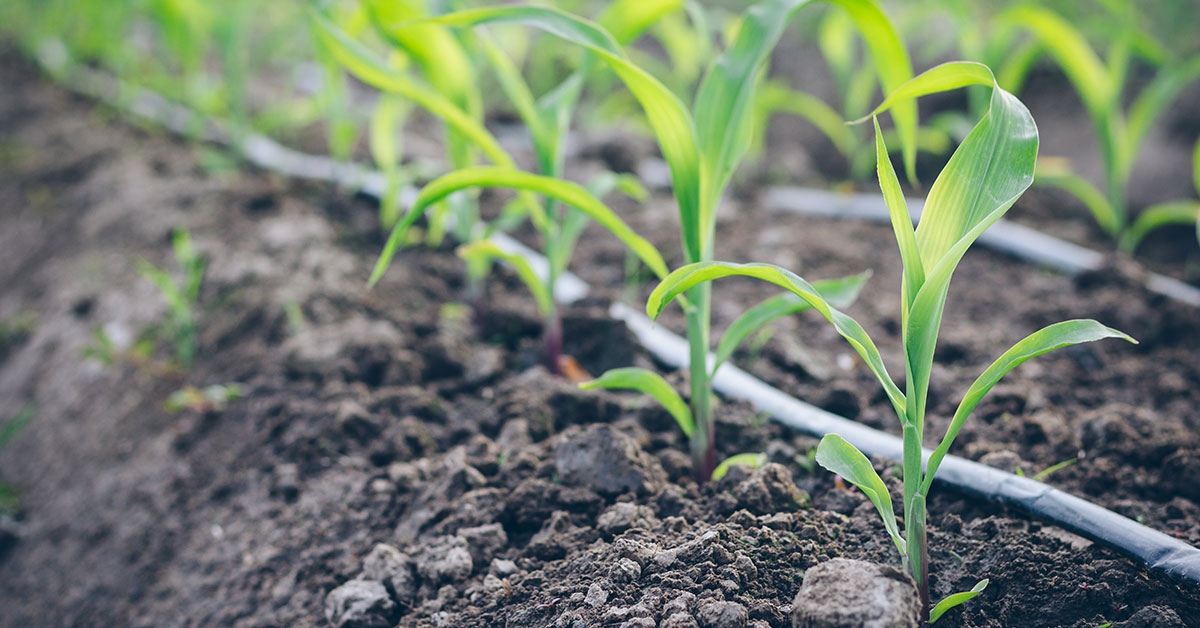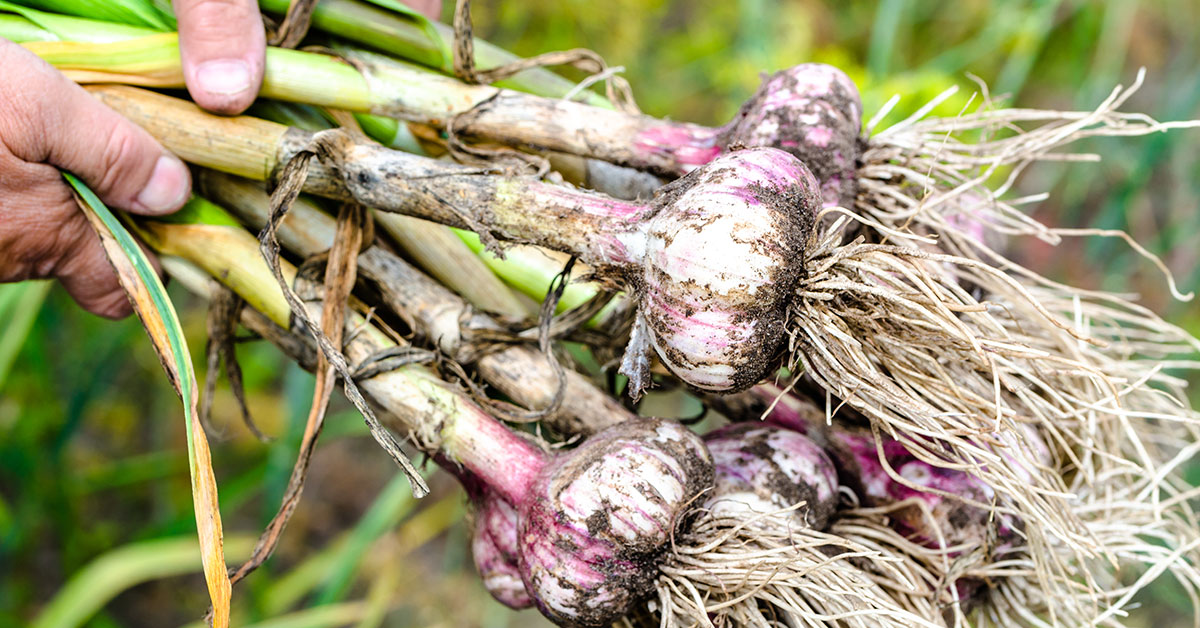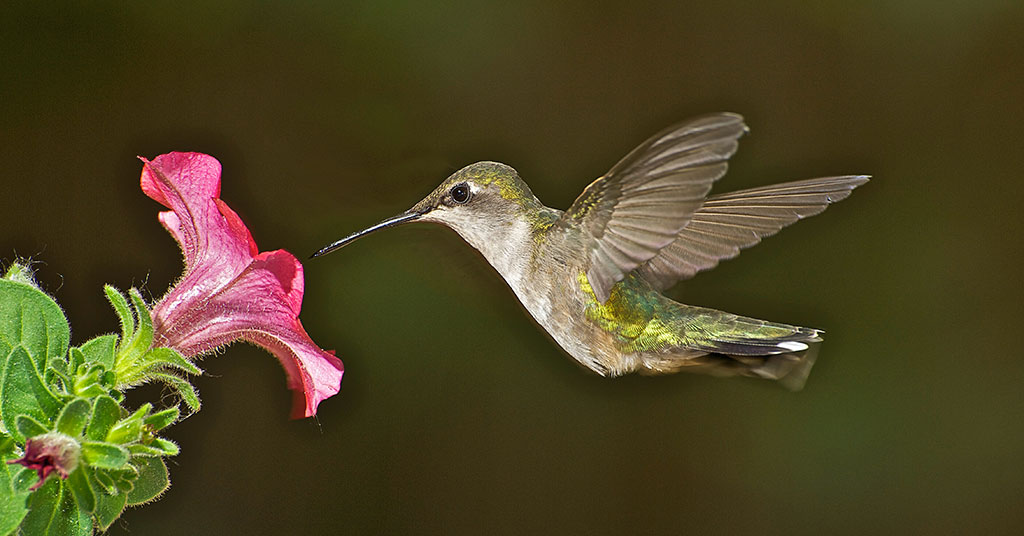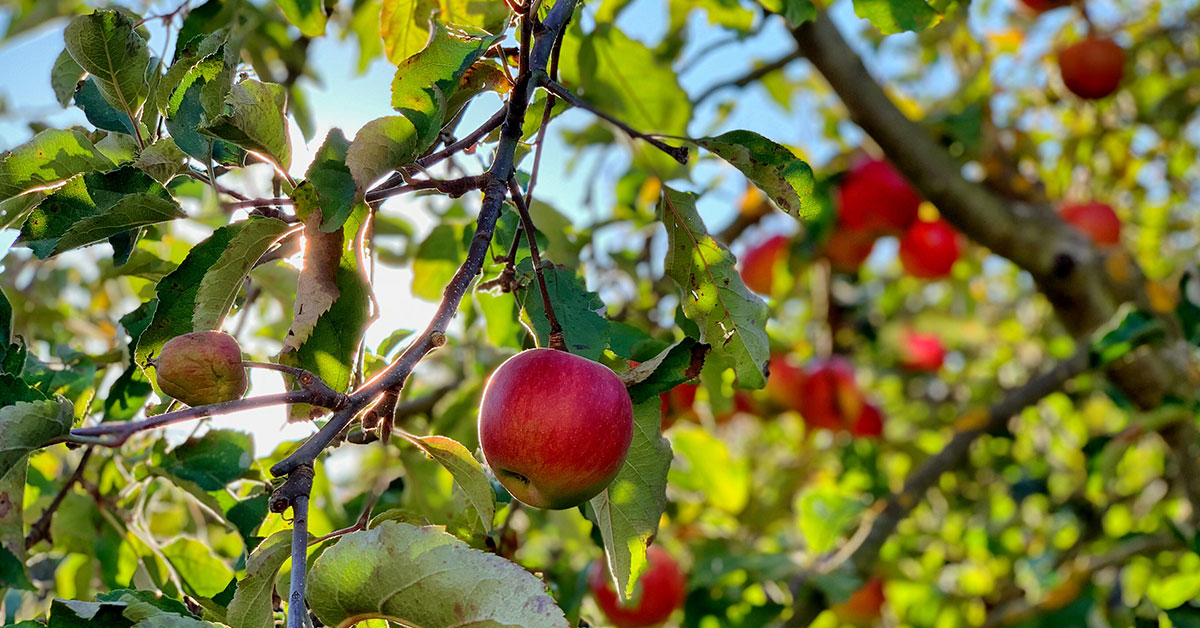Welcome to the world of growing Red Jim Nectarine trees, where the sweet and juicy rewards of your labor are just a few seasons away. Red Jim Nectarine, a popular variety known for its vibrant red skin and delectable flavor, is a delightful addition to any backyard orchard or garden. With proper care and attention, you can enjoy a bountiful harvest of these succulent fruits that are perfect for eating fresh, baking into pies, or preserving for later use.
In this article, we will delve into the essentials of growing Red Jim Nectarine trees, from selecting the right planting location to nurturing the tree through each stage of its growth. Whether you are a seasoned gardener or a beginner, this comprehensive guide will equip you with the knowledge and techniques needed to successfully cultivate your own Red Jim Nectarine tree and savor the fruits of your labor for years to come.
What is a Red Jim Nectarine?
Red Jim Nectarine is a popular variety of nectarine tree known for its delicious, juicy fruit and attractive appearance. It is a medium-sized tree that can reach a height of around 12-15 feet, making it suitable for smaller gardens or container growing. The tree has a spreading growth habit with dense foliage, providing ample shade during hot summer months. The fruit of Red Jim Nectarine is medium to large in size, with a vibrant red skin that is smooth and slightly fuzzy.
The flesh is yellow, firm, and exceptionally sweet, with a rich, aromatic flavor. The fruit is freestone, which means the flesh easily separates from the pit, making it convenient for eating fresh or using in various culinary applications. Red Jim Nectarine trees are self-fertile, meaning they do not require another tree for cross-pollination. They typically bloom in early spring, producing beautiful pink blossoms that add ornamental value to the landscape.
The fruit is ready for harvest in late summer, usually around July or August, depending on the climate. To ensure optimal growth and fruit production, Red Jim Nectarine trees prefer a sunny location with well-draining soil. Regular watering, especially during dry periods, is crucial for maintaining healthy growth.
Pruning should be done in late winter or early spring to shape the tree and promote airflow, which helps prevent diseases. Overall, Red Jim Nectarine is a fantastic choice for nectarine enthusiasts, offering not only delicious fruit but also a visually appealing addition to any garden or orchard.
What does Red Jim Nectarine taste like?
Red Jim Nectarine is known for its exceptional flavor profile. It offers a delightful combination of sweetness and acidity, creating a well-balanced taste. The flavor is often described as rich, juicy, and intensely sweet, with a slight tangy undertone. The sweetness of the fruit is prominent, making it a favorite among those who enjoy a sweeter nectarine variety.
The flesh of Red Jim Nectarine is succulent and tender, with a melting texture that practically dissolves in your mouth. It has a smooth, velvety consistency that adds to the overall eating experience. The fruit is bursting with natural juices, making each bite refreshing and satisfying.
In terms of aroma, Red Jim Nectarine emits a delightful fragrance that is both sweet and floral. The scent is often described as enticing and inviting, adding to the overall sensory experience of enjoying this nectarine variety.
Overall, Red Jim Nectarine is a flavorful and aromatic fruit that offers a perfect balance of sweetness and acidity. Its rich, juicy, and tender flesh makes it a delightful treat for nectarine lovers.
How to start Red Jim Nectarine from seed
Starting a Red Jim Nectarine tree can be done through grafting or growing from seed. While grafting is the preferred method for fruit trees, growing from seed can be a fun and rewarding experience. Here is a guide on starting a Red Jim Nectarine tree from seed:
- Seed Selection: Obtain fresh Red Jim Nectarine seeds from a reputable source. It’s important to note that growing from seed may result in variations in fruit quality compared to the parent tree.
- Seed Preparation: Remove the seeds from the fruit and wash off any pulp or residue. Dry the seeds for a few days to ensure they are completely dry before planting.
- Stratification: Nectarine seeds require a period of cold stratification to break their dormancy. Place the seeds in a damp paper towel or sphagnum moss, seal them in a plastic bag, and refrigerate them for 8-12 weeks. This mimics the natural winter conditions required for germination.
- Soil Preparation: While the seeds are stratifying, prepare a well-draining potting mix. Use a combination of peat moss, perlite, and compost to create a loose and fertile soil mixture.
- Planting: After the stratification period, remove the seeds from the refrigerator. Fill small pots or seed trays with the prepared potting mix. Plant the seeds about 1 inch deep in the soil, and lightly cover them with the potting mix.
- Germination: Place the pots or trays in a warm location with indirect sunlight. Maintain a consistent temperature of around 70-80°F (21-27°C). Keep the soil moist but not waterlogged. Germination can take anywhere from 2-6 weeks, so be patient.
- Seedling Care: Once the seedlings emerge, provide them with bright, indirect sunlight for at least 6-8 hours a day. Water the seedlings regularly, ensuring the soil remains evenly moist. Avoid overwatering, as it can lead to root rot.
- Transplanting: When the seedlings have developed a few sets of true leaves and are about 6-8 inches tall, they can be transplanted into larger pots or containers. Use a well-draining soil mix and provide adequate space for the roots to grow.
- Hardening Off: Before planting the Red Jim Nectarine tree outdoors, it’s essential to harden off the seedlings. Gradually expose them to outdoor conditions by placing them outside for a few hours each day, gradually increasing the time over a week or two.
- Planting Outdoors: Choose a sunny location in your garden with well-draining soil. Dig a hole slightly larger than the root ball of the seedling. Place the seedling in the hole, backfill with soil, and gently firm it around the roots. Water thoroughly after planting.
- Care and Maintenance: Provide regular watering, especially during dry spells. Mulch around the base of the tree to conserve moisture and suppress weeds. Prune the tree during the dormant season to shape it and remove any dead or diseased branches. Fertilize annually with a balanced fruit tree fertilizer according to the package instructions.
Remember, growing a nectarine tree from seed may result in variations in fruit quality, so if you desire consistent fruit characteristics, grafting is recommended.
When to plant Red Jim Nectarine outdoors
The ideal time to plant Red Jim Nectarine trees is in late winter or early spring, before the tree starts to break dormancy. This is typically between late February and early April, depending on your specific climate and region. Planting during this time allows the tree to establish its root system before the onset of summer heat.
Growing & care guide
Caring for Red Jim Nectarine trees requires attention to several key aspects, including planting, watering, fertilizing, pruning, and pest control. By following these best practices, you can ensure the health and productivity of your Red Jim Nectarine tree.
- Choose a well-drained location with full sun exposure for your Red Jim Nectarine tree.
- Ensure the soil is rich in organic matter and has a pH level between 6.0 and 7.0.
- Dig a hole that is wide and deep enough to accommodate the tree’s root system.
- Place the tree in the hole, making sure the bud union is above the soil line.
- Backfill the hole with soil, gently firming it around the roots.
- Water the tree thoroughly after planting to settle the soil.
- Nectarine trees require regular watering, especially during dry periods.
- Provide deep, thorough watering to ensure the roots receive adequate moisture.
- Water the tree at the base, avoiding wetting the foliage to prevent diseases.
- Monitor the soil moisture and adjust watering frequency based on weather conditions.
- Mulch around the base of the tree to retain soil moisture and prevent weed growth.
- Apply a balanced fertilizer specifically formulated for fruit trees in early spring, just before new growth begins.
- Follow the manufacturer’s instructions for the appropriate amount to use based on the size and age of your tree.
- Avoid excessive nitrogen fertilization, as it can promote excessive vegetative growth at the expense of fruit production.
- Consider supplementing with organic fertilizers, such as compost or well-rotted manure, to improve soil fertility.
- Prune your Red Jim Nectarine tree during the dormant season, typically in late winter or early spring.
- Remove any dead, damaged, or diseased branches to maintain tree health.
- Thin out crowded branches to improve airflow and sunlight penetration.
- Prune to shape the tree, maintaining an open center or vase-like structure for better fruiting.
- Avoid heavy pruning during the growing season, as it can reduce fruit production.
- Regularly inspect your Red Jim Nectarine tree for signs of pests, such as aphids, mites, or scale insects.
- Use organic pest control methods whenever possible, such as introducing beneficial insects or using insecticidal soaps or oils.
- Monitor for common diseases like peach leaf curl or brown rot and take appropriate preventive measures, such as applying fungicides at the recommended times.
- Keep the area around the tree clean and free from fallen leaves or fruit, as they can harbor pests and diseases.
By following these best practices, you can ensure the optimal growth, health, and fruit production of your Red Jim Nectarine tree. Regular care and attention will reward you with delicious, juicy nectarines for years to come.
Harvesting guide
Red Jim Nectarines are typically ready for harvest in the late summer or early fall, depending on your specific climate and growing conditions. Here are some guidelines to help you determine when and how to harvest your Red Jim Nectarines:
- Color: Look for the fruit to have a deep red or reddish-orange color. This indicates that the nectarines are ripe and ready to be harvested. The skin should also be slightly soft to the touch.
- Firmness: Gently squeeze the fruit to check its firmness. It should yield slightly to pressure but not be too soft or mushy. If it feels too firm, leave it on the tree for a few more days to ripen further.
- Taste: The best way to determine if a Red Jim Nectarine is ready for harvest is by tasting one. Pick a fruit and sample it to ensure it has reached the desired level of sweetness and flavor.
- Harvesting: To harvest the nectarines, hold the fruit gently and twist it slightly. If it doesn’t come off easily, it may not be fully ripe, so leave it on the tree for a little longer. Avoid pulling or tugging forcefully, as this can damage the tree or the fruit.
- Storage: Once harvested, handle the nectarines carefully to avoid bruising. They are best consumed fresh, but if you have an abundance of ripe fruit, you can store them in the refrigerator for a few days. Place them in a single layer in a breathable container or paper bag to prevent them from becoming too soft.
Remember, nectarines are perishable fruits, so it’s best to harvest them when you’re ready to enjoy them. Enjoy the delicious taste of your homegrown Red Jim Nectarines!
